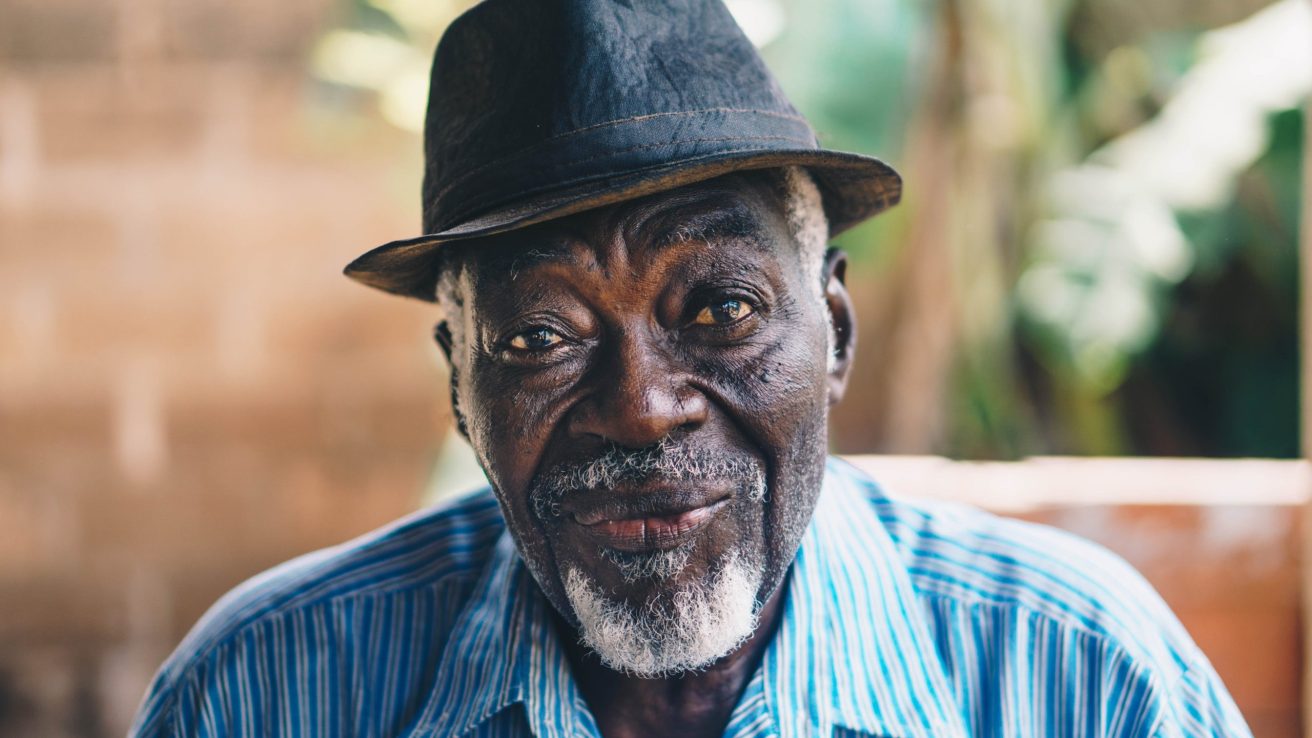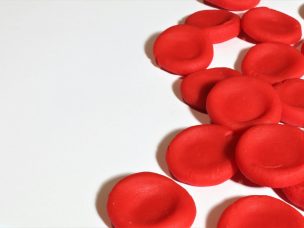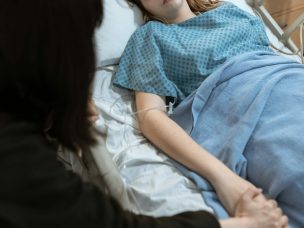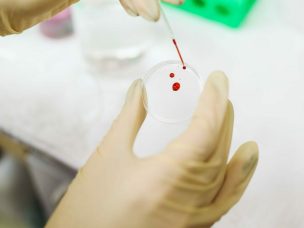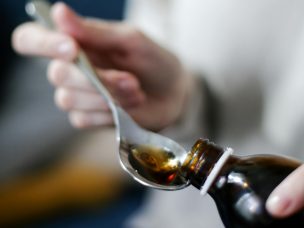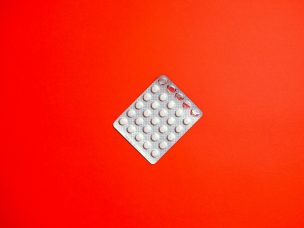Vasculopathy is a common complication of sickle cell disease (SCD) that can result in end-organ damage. Leg ulcers have been reported in 5-10% of adults with SCD. A lack of information exists about the geographic distribution of patients with SCD with reported leg ulcers. An analysis was necessary to determine how geographic location affects the risk of vasculopathy in patients with SCD.
The Consortium for the Advancement of Sickle Cell Research, or CASiRe, was formed to understand the different phenotypes of patients with SCD from different ethnic groups across several geographic locations. The study consisted of 659 patients with SCD from the United States, the United Kingdom, Italy, and Ghana.
It was determined that the highest prevalence of leg ulcers was found in Ghanaians, at 18.6%, and in older, male patients with an SS genotype. Albuminuria, proteinuria, increased markers of hemolysis, lower oxygen saturation, lower body mass index, and renal dysfunction increased the risk of vasculopathy.
In conclusion, older, male patients with SCD of SS genotype, Sub-Saharan African descent, and renal impairment have the highest risk of vasculopathy. The question still remains if Sub-Saharan African ethnicity contributes to this increased risk or if other variables are at play, such as environment, lack of medical services, culture, and general health. More studies are needed to better understand the role of race/ethnicity and location in the risk of patients with SCD developing leg ulcers [1].
Source:
[1] Antwi-Boasiako, C., Andemariam, B., Colombatti, R., Asare, E. V., Strunk, C., Piccone, C. M., Manwani, D., Boruchov, D., Farooq, F., Urbonya, R., Wilson, S., Boatemaa, G. D., Perrotta, S., Sainati, L., Rivers, A., Rao, S., Zempsky, W., Ekem, I., Sey, F., . . . Campbell, A. D. (2020). A study of the geographic distribution and associated risk factors of leg ulcers within an international cohort of sickle cell disease patients: the CASiRe group analysis. Annals of Hematology, 99(9), 2073–2079. https://doi.org/10.1007/s00277-020-04057-8
